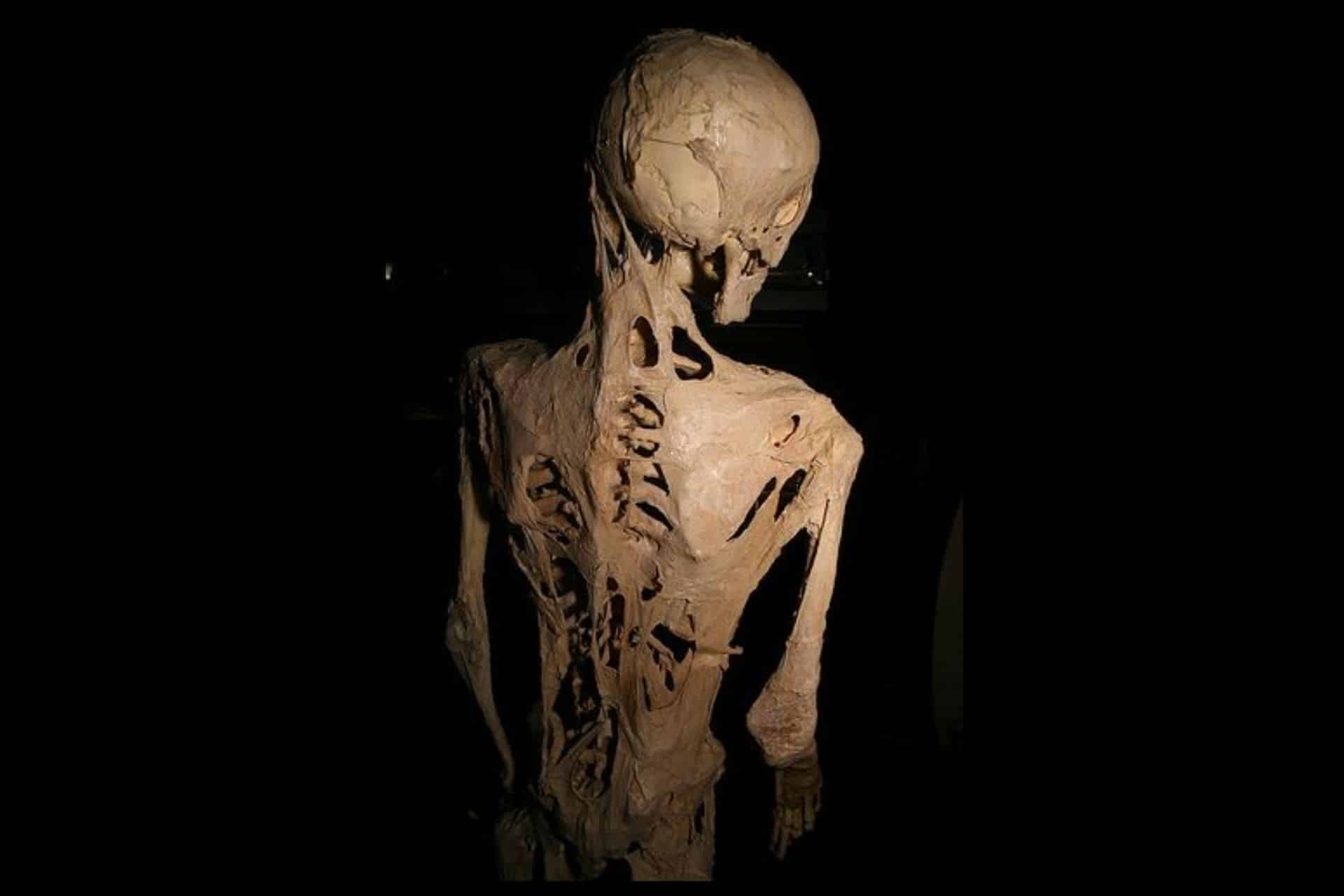

A rare condition, sometimes called “stone man disease,” causes the body to build a second skeleton and bones where it shouldn’t. This disorder is scientifically named fibrodysplasia ossificans progressiva (FOP).
FOP is extremely uncommon. It affects about 1 in every million people worldwide. This condition doesn’t target any specific group of people. It can affect anyone, no matter their age, gender, or background.
FOP happens because of a mistake in a specific gene. This gene helps control how bones form and repair in the body.
Normally, it works only when needed, like during a bone injury. In people with FOP, the gene is overactive, causing bone to grow in places like muscles, even when it isn’t needed.
In most cases, this condition appears without any family history. The genetic change happens by chance. However, in rare situations, the mutation is passed down from a parent with the same condition. Only one parent needs to carry the mutated gene for it to cause FOP in their child. Many babies with FOP have unusually short and inward-turned big toes.
The first areas affected are usually the neck, back, chest, arms and legs. Patients might experience “flare-ups,” which cause swelling, pain and stiffness. These episodes can worsen the condition and may happen without warning. Sometimes, they are triggered by injuries, surgeries, or infections like the flu.
Fibrodysplasia ossificans progressiva is one of the most terrible genetic diseases – tendons, ligaments and muscle begin to ossify and turn to bone. Hard to imagine how our ancestors would conceived of this, flesh turning almost to stone in a living person. pic.twitter.com/wU0U66BgJL
— Stone Age Herbalist (@Paracelsus1092) February 27, 2022
Over time, the extra bone creates a second skeleton. This makes it hard for people to move and perform daily activities.
As the disease progresses, other symptoms can appear. If the mouth is affected, speaking or eating may become difficult. Hearing loss and curved spines are also common.
By the age of 30, most people with FOP lose the ability to move entirely. Breathing becomes a major challenge as the disease affects the chest and lungs.
Many patients with this condition have a life expectancy of about 56 years. The most common cause of death is heart or lung failure because of breathing difficulties.
There is no cure for FOP, but treatments can help manage symptoms. Painkillers and anti-inflammatory medicines like corticosteroids may reduce pain and swelling during flare-ups.
Doctors often recommend avoiding activities or situations that could lead to injury or infection. Occupational therapy can also help patients maintain independence for as long as possible.
Doctors cannot remove the extra bone caused by FOP. Attempting surgery to cut away the bone can make the condition worse. The trauma from the procedure often triggers new flare-ups, leading to even more bone growth.
